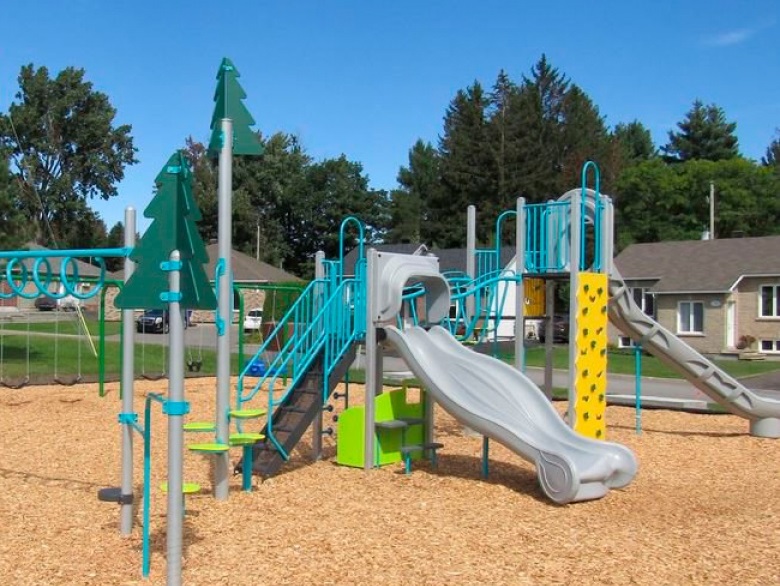The children enjoy playing outdoors, running, jumping, feeling the freedom to play without risks, and feeling safe; however, there are children with special needs who require special considerations to recreate and share equally with everyone; that’s why there are inclusive playgrounds. Next, we will mention some differences between traditional and inclusive playgrounds.
Fun alike
The traditional playgrounds offer play equipment that seeks to stimulate children’s physical exercise, outdoor activities, and socialization among children. The inclusive playgrounds go a step further since they take into consideration elements such as age, abilities (both physical, sensory, cognitive, and social), and cultural background to, through creative design, create a playground where everyone actively participates autonomously, safely and comfortably. This permits each child to receive the appropriate stimulus and challenge from the play set to develop their skills on equal terms.
Comfort for all
The inclusive playgrounds go beyond the simple structure of games that a traditional playground could consider since they consider as many users’ needs as possible. The inclusive playgrounds permit children, parents, and caregivers to feel comfortable and safe, with the freedom to enjoy the facilities without worrying that they are not suitable, and provide a welcoming place where they do not feel excluded or discriminated against due to their abilities or conditions.
Floors and surfaces
In a traditional playground, it may not be relevant to consider the materials with which the floor is made; it may be grass, sand, earth, cement, or another without much relevance. However, an inclusive playground must have a uniform, smooth surface without unevenness. For this type of part, rubber surfacing is ideal since it provides a surface that facilitates mobility for people in wheelchairs or baby strollers.
Playground access
In the same way that floors and surfaces must have a special treatment in playgrounds, the same happens with access to play areas for the same reasons; they must allow the flow of people with the same ease for everyone. There must be no unevenness between the sites, and they must have access to ramps so that everyone can enjoy all the elements of the park.
Playground elements
Traditional playgrounds generally handle standard elements without considering the different abilities or ages that may limit their use by all children. This changes with the inclusive parks, since for the same stuff, they can include different levels of difficulty in such a way that they can be used by any child equally, without feeling less or unable to play in the same way as the others.
What did you think of this topic? What other differences do you think inclusive and traditional playgrounds have?
If you want to know more about this topic, you can subscribe to our newsletter and access our free report entitled How to finance a playground for my community?
